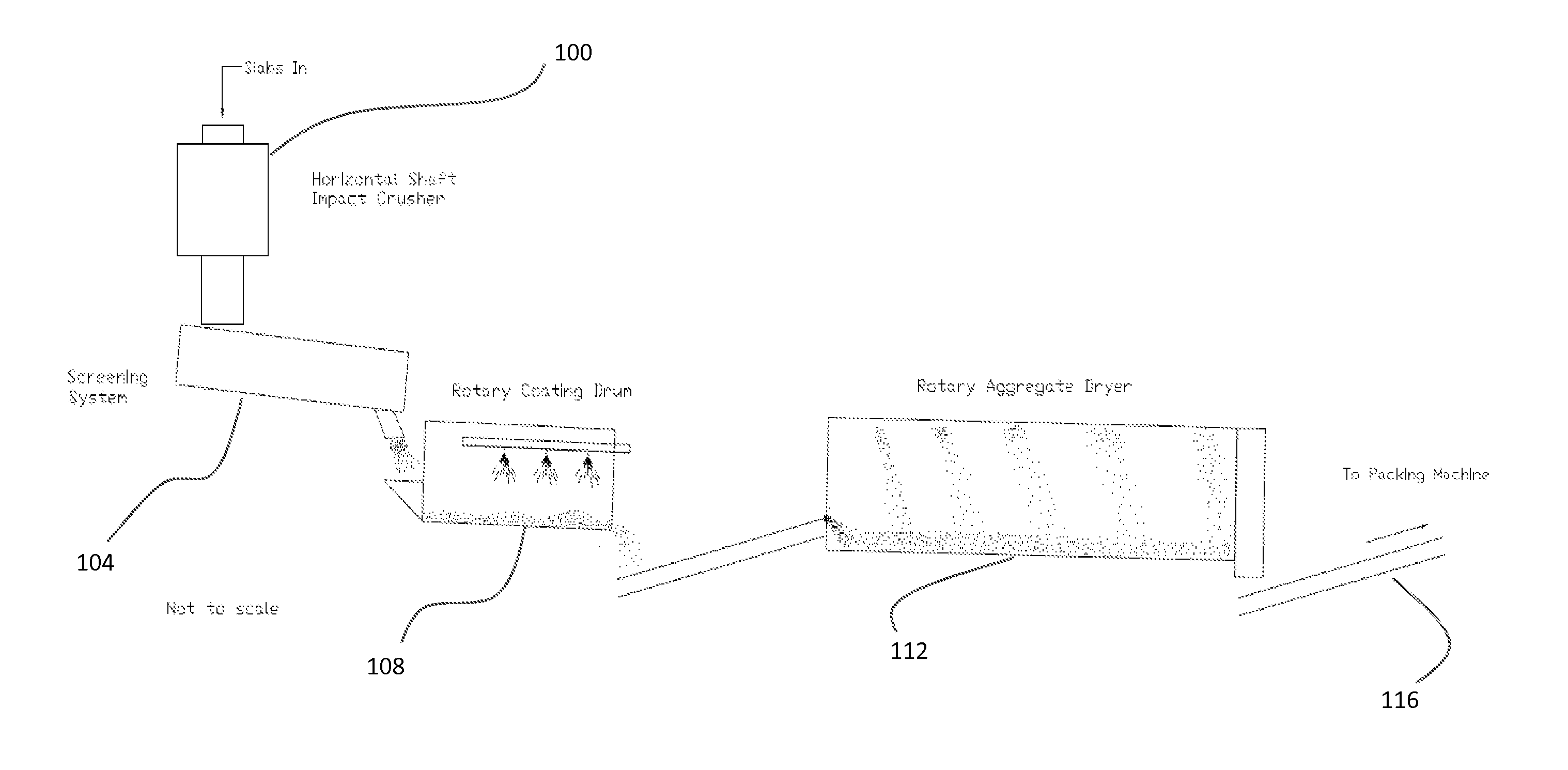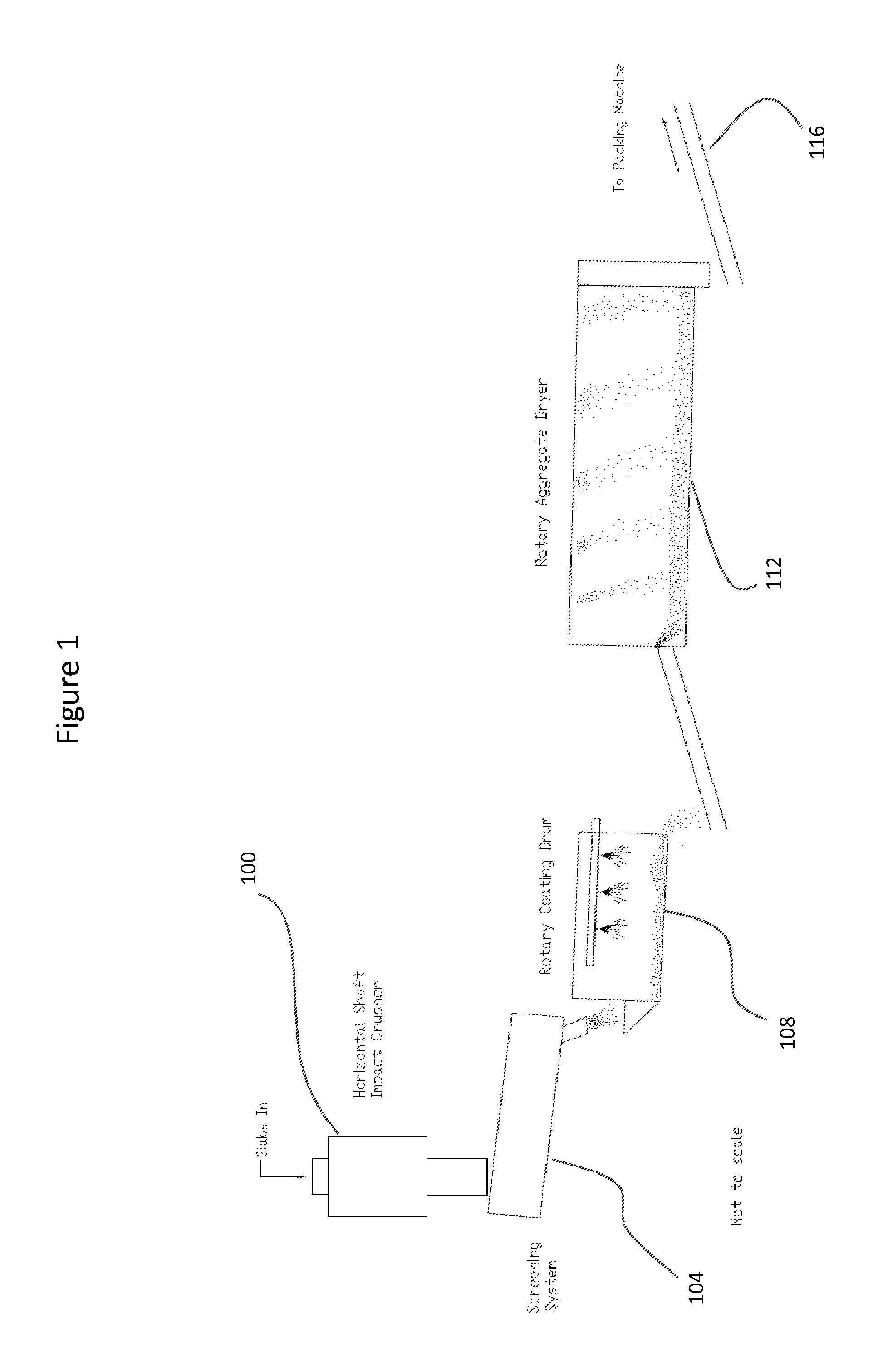Refractory Castables with Hydrophobic Aggregates
a technology of hydrophobic aggregates and refractory castables, which is applied in the direction of pipe protection by thermal insulation, furnace linings, constructions, etc., can solve the problems of increasing the amount of water needed in the refractory castable, increasing the hot strength, and increasing the tendency of the castable to creep, so as to reduce the pressure drop
- Summary
- Abstract
- Description
- Claims
- Application Information
AI Technical Summary
Benefits of technology
Problems solved by technology
Method used
Image
Examples
Embodiment Construction
[0027]It is to be understood that the FIGURE and description of the present invention have been simplified to illustrate elements that are relevant for a clear understanding of the invention, while eliminating, for purposes of clarity, other elements that are well known. The detailed description will be provided herein below with reference to the attached drawing.
[0028]The present invention addresses the limitations currently existing within the art and provides refractory castables having superior combinations of physical and insulation properties, while at the same time avoiding commonly encountered degradation processes. The castables of the present invention are formed with aggregate that is substantially coated with a hydrophobic material. The coated aggregate is able to be mixed in standard castable formulations while maintaining those hydrophobic properties. Additionally, the aggregates of the present invention bond with common components of castables, including calcium alumi...
PUM
| Property | Measurement | Unit |
|---|---|---|
| temperature | aaaaa | aaaaa |
| temperature | aaaaa | aaaaa |
| water content | aaaaa | aaaaa |
Abstract
Description
Claims
Application Information
 Login to View More
Login to View More - R&D
- Intellectual Property
- Life Sciences
- Materials
- Tech Scout
- Unparalleled Data Quality
- Higher Quality Content
- 60% Fewer Hallucinations
Browse by: Latest US Patents, China's latest patents, Technical Efficacy Thesaurus, Application Domain, Technology Topic, Popular Technical Reports.
© 2025 PatSnap. All rights reserved.Legal|Privacy policy|Modern Slavery Act Transparency Statement|Sitemap|About US| Contact US: help@patsnap.com


